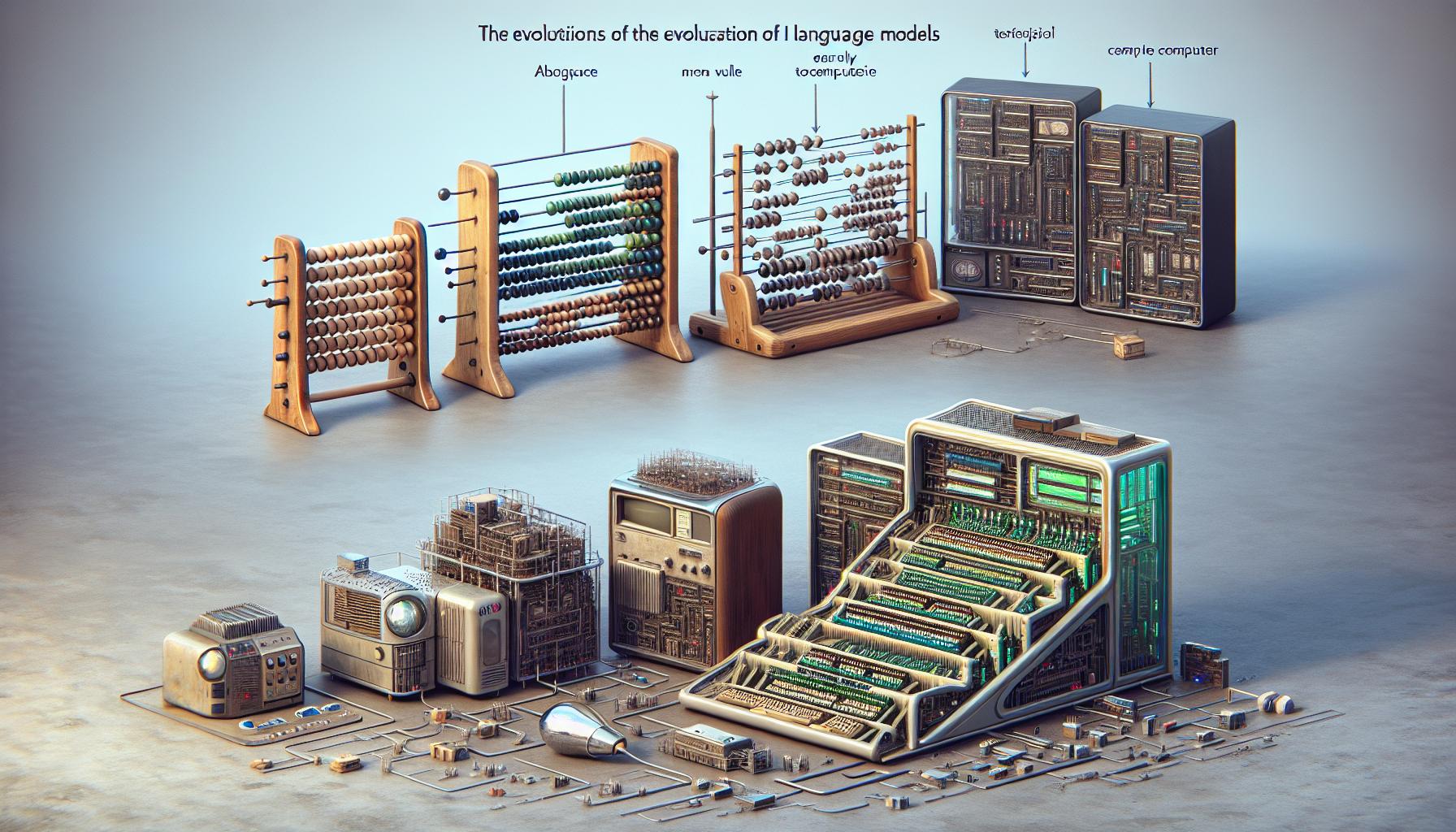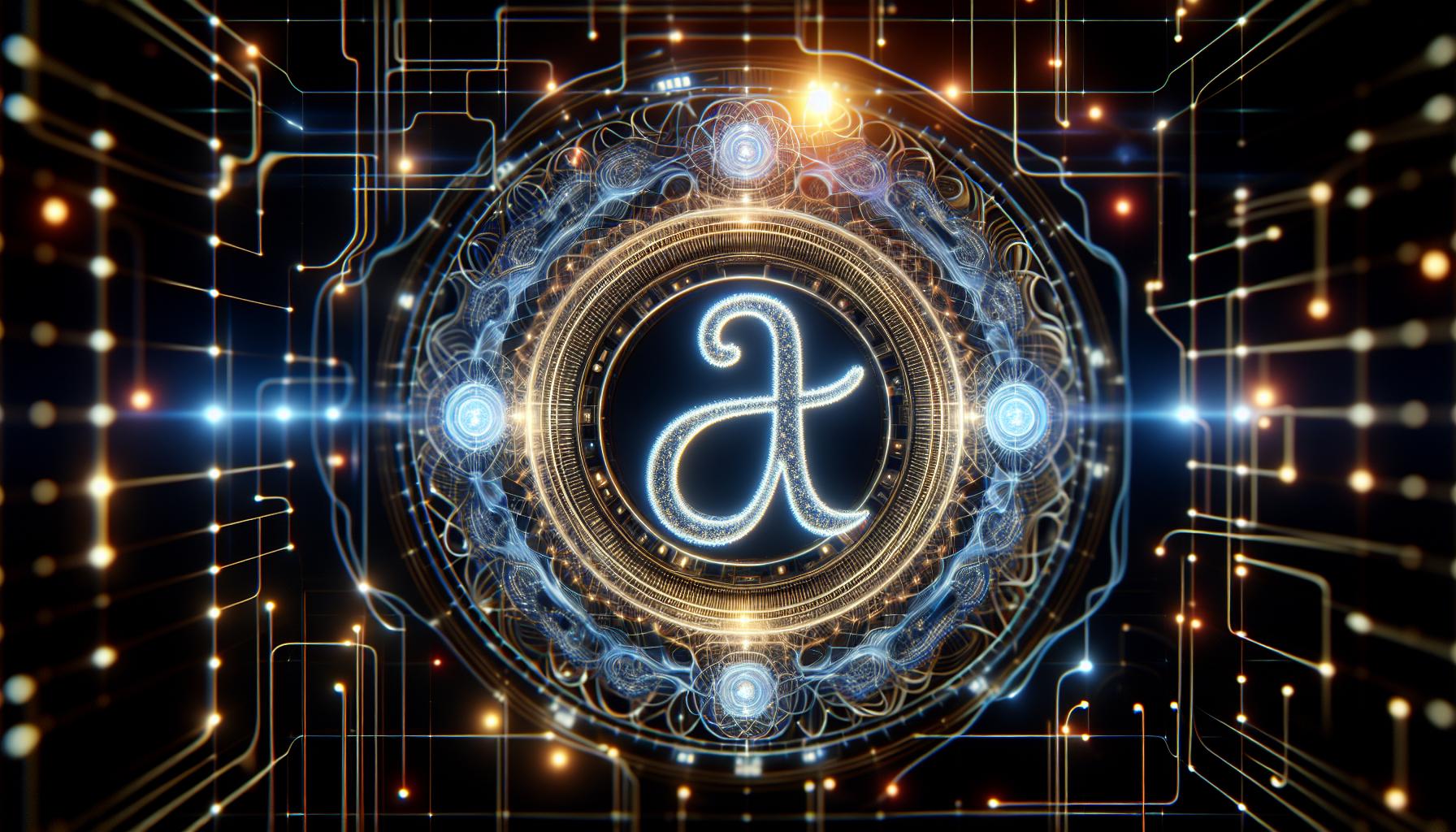Unleashing the Power of GPT-4: A Review of All Tools and Applications
Last Updated on February 28, 2024 by Alex Rutherford
As an experienced blogger, I’ve seen the rise of various tech tools, but none have piqued my interest quite like GPT-4. If you’re like me, always on the lookout for the next big thing in AI, you’ll want to keep reading.
GPT-4, the latest iteration of OpenAI’s impressive language model, is making waves in the tech world. It’s not just a step up from its predecessor, GPT-3; it’s a giant leap forward. This model is set to revolutionize how we interact with AI, offering a wealth of tools for users of all skill levels.
Whether you’re a seasoned developer or a curious enthusiast, GPT-4 has something for you. Its advanced features and ease of use make it a game-changer in AI. So, let’s dive in and explore what makes GPT-4 a must-have tool for all.
PowerBrain AI Chat App powered by ChatGPT & GPT-4
Download iOS: AI Chat Powered by ChatGPT
Download Android: AI Chat Powered by ChatGPT
Read more on our post about ChatGPT Apps & AI Chat
Key Takeaways
- GPT-4, the latest from OpenAI, represents a huge leap in the evolution of AI language models, leaving a significant mark in the world of tech with its enhanced features and user-friendly tools.
- This AI model has progressed from simpler rule-based systems to complex transformer-based models, with each version markedly improving in capabilities from GPT-1 to GPT-4.
- GPT-4 showcases impressive language understanding, decoding complex sentences with a high level of fluency and producing on-point responses to prompts.
- Among GPT-4’s standout features are enhanced language comprehension, superior text generation capabilities, the ability to maintain multi-turn conversations, and improved multimodal competencies.
- Developers and AI enthusiasts can leverage GPT-4’s advanced language comprehension and multimodal features, among others, to create highly accurate language-centric applications and bolster business automation and communication processes.
- The tools offered by GPT-4 cater to a wide range of needs, offering advanced Natural Language Processing (NLP), multimodal models capable of handling both text and image data, automation potential, and a user-friendly interface.
Evolution of AI-Language Models

As we delve deeper into the burgeoning domain of AI, it’s important to appreciate how far we’ve come. Language models have undergone a radical transformation in the last few years. It’s been a journey seasoned with impressive technological advancements.
We had simple rule-based systems if we track back to the AI Stone Age. Clunky and riddled with a host of restrictions, these ancient AI entities relied on predefined scripts. But as the wheel of time moved forward, so did our grip on the power of AI. Enter the era of Statistical Machine Translation. Complex algorithms started making sense of human language, marking a significant leap in the field.
A turning point arrived with the advent of transformer-based language models with the likes of GPT and BERT. Shattering limitations, these models introduced a dynamic approach to understanding and predicting language. It’s worth noting that the GPT-1 model, despite its relative primitiveness, made impressive strides in this direction.
Read more
ChatGPT not working
ChatGPT at capacity
Chat GPT image generator
GPT-3 vs GPT-4
Claude vs ChatGPT
BERT vs GPT-4
Gemini PRO vs Chat GPT-4
Chat GPT vs Jasper
Chat GPT no restrictions
Connect ChatGPT to internet
Chat GPT no login
An evolutionary jump came with the launch of GPT-2. With 1.5 billion parameters, it shattered hitherto existing boundaries. Its enhanced capacity to generate human-like text blurred the line between man-made and machine-generated content.
Then, GPT-3 made its debut with an astounding 175 billion parameters! It heralded a new dawn of AI capabilities, introducing a heightened sense of creativity and relatability in AI interactions.
With each iteration, language models from OpenAI have grown smarter, more complex, and astoundingly efficient. Now, we stand at the doorstep of what may well be the pinnacle of AI-Language Models: GPT-4. It boasts jaw-dropping abilities and’s the most commanding player on this evolutionary ladder.
| Model Name | Parameter Count |
|---|---|
| GPT-1 | Not mentioned |
| GPT-2 | 1.5 billion |
| GPT-3 | 175 billion |
| GPT-4 | Not confirmed |
It’s fascinating to track this trajectory of growth. As we move forward, it only augurs well for the potential AI holds. Stay tuned as we explore more about GPT-4’s transformative impact.
Introduction to GPT-4

I’ve been deeply involved with AI language models over the years. Watching them evolve from simple, rule-based systems to today’s powerful Transformer-based models has been astonishing. With the introduction of GPT-4, we’re entering new territory. It sets a precedent with its immense capabilities and has become the new standard in the field.
GPT-4, also known as Generative Pretrained Transformer 4, is the latest in a sequence of models built by OpenAI. It’s a significant advancement that showcases remarkable language understanding.
- It decodes and understands text just like humans do.
- It generates coherent, contextually relevant sentences with a high degree of fluency.
- It can produce meaningful and correct responses to prompts, not just parroting human-written sentences.
While its predecessor, GPT-3, could astound us with its 175 billion parameters, GPT-4 takes it a step further. Though the exact details are yet to be disclosed, GPT-4 is anticipated to feature an even larger parameter count.
Operating on another level, it doesn’t merely predict the next word in a sentence. Instead, it identifies and understands intricate patterns in data to deliver high-quality results. Its deep language understanding allows it to carry on sophisticated conversations, write essays, and even create poetry.
GPT-4 has undeniably shifted expectations for AI language models. As we forge forward into this new era, we’re set to witness a seismic change in how we utilize AI. The launch of GPT-4 symbolizes the endless possibilities that can come in this field. To truly harness its potential, it’s key to understand the full capability of GPT-4 and how it shakes up the norms of AI. This isn’t a conclusion; it’s the starting point to a monumental epoch in AI language models. I look forward to unpacking this journey with you.
Advanced Features of GPT-4
As we delve deeper into GPT-4, we’ll grasp why it’s causing ripples in the AI field. When it comes to advanced features, GPT-4 has truly left its predecessor in the dust. It’s made massive strides in areas like language understanding, text generation, and machine-human interactions.
One of GPT-4’s most celebrated features is its enhanced language understanding. Its capability to comprehend context, decode complex sentences, and accurately interpret indirect speech is far superior to that of GPT-3. It’s this feature that enables GPT-4 to engage and accomplish complex tasks like writing essays and generating poetry effortlessly.
Another game-changing advanced feature is its improved text generation. The model doesn’t just generate random pure-text content; it can generate contextually accurate, relevant content. Whether it’s composing an email, creating an engaging blog post, or generating a discussion, GPT-4 has it all covered.
GPT-4’s ability to engage in dynamic multi-turn conversations marks another significant improvement. Previous AI models would often falter in maintaining the context of a conversation over multiple turns. But GPT-4 overcomes this hurdle, maintaining meaningful and coherent dialogue through multiple exchanges.
Additionally, GPT-4’s multimodal capabilities have expanded. Simply put, it can now better understand and generate responses involving more than just text. It can effectively work with images and text together – something its predecessors could not handle as eloquently.
GPT-4’s importance cannot be overstated. Its evolution is a testament to how far we’ve come – and a hint about where we’re heading. AI in automation, virtual reality, robotic process, and communication – GPT-4 is creating new paradigms in all these areas. The implementation of GPT-4 has only begun to gather steam but its impact is already appearing impressive. This signifies not just the end of the reign of GPT-3 but the start of the GPT-4 era. The capabilities of this model seem endless and are likely to redefine the expectations in AI.
Benefits for Developers and Enthusiasts
Being at the forefront of AI technology, GPT-4 provides extensive benefits for developers and enthusiasts. In the first place, it’s important to appreciate GPT-4’s advanced language understanding capabilities. Its programming has reached a point where it’s able to comprehend and generate text with remarkable accuracy. This feature enables professionals and hobbyists to deploy language-centric applications with a level of precision that has never been seen before.
Apart from tech enthusiasts, GPT-4 can also be an incredibly useful tool for businesses. It can pave the way for new paradigms in automation and communication, providing incredibly cost-effective solutions. With GPT-4, automation won’t just be a pipe dream. Rather, it’ll be a reality that I see being put to good use across an array of business sectors.
The model’s improved ability to engage in dynamic multi-turn conversations is another favorable aspect that catches my attention. Unlike previous models, GPT-4 can be a part of complex conversations, taking into account the context of previous statements. This upgraded capability could lead to improved customer service interactions and the development of more intelligent virtual assistants.
Moreover, GPT-4’s expanded multimodal capabilities make it stand out from other AI models. Compatible with both textual and image data, it opens new avenues for developers. It allows developers to experiment and create multifaceted applications, which may change the face of AI as we know it today.
With improved capabilities and advanced features, GPT-4 stands at the brink of revolutionizing the entire AI ecosystem. As we delve further into its potential, the limitless opportunities it can offer are coming to light. Everyone stands to gain a lot from the advent of GPT-4, from individual tech enthusiasts to large corporations.
Exploring GPT-4 Tools

When examining the treasure trove of GPT-4 tools, it’s easy to realize that they’re designed to cater to a wide variety of needs. These tools range from developing sophisticated language models to creating engaging conversational agents and are impressively broad-reaching and effective.
The GPT-4 tools’ flagship feature? Their natural language processing (NLP) capabilities. The advanced NLP offers a remarkable aptitude for understanding text context, tone, and emotion. It’s transforming the way developers understand and interact with language.
Moving forward, we have the multi-modal models. These gems are designed to handle both text and image datasets. It’s an innovative move in the direction of more inclusive and vast data processing.
Another great asset to the GPT-4 toolset is its potential for facilitating automation. With GPT-4, businesses can automate responses in their customer service division, developers can encode complex logic into conversational AI systems, and casual users can construct auto-generated storylines, to name a few.
Let’s not forget the user-friendly interface. You don’t have to be a rocket scientist to work with GPT-4’s tools. They are designed for ease of use and accessibility. Whether you’re a seasoned developer or just an AI enthusiast, GPT-4 ensures that you have a tool that effectively meets your needs.
In broad strokes, here’s what the GPT-4 toolset has to offer:
- Advanced Natural Language Processing (NLP)
- Multimodal Models (able to handle both text and image data)
- Automation Potential
- User-friendly Interface
These four primary tools, woven together within the fabric of the GPT-4 model, are eager to open new avenues, revolutionize current processes, and breed innovation. They’re set to drastically reshape the narrative of artificial intelligence as we know it, and I’m thrilled to witness the transformation.
Conclusion
It’s clear that GPT-4’s robust suite of tools is transforming the AI landscape. Their advanced NLP and multimodal models push the boundaries of what is possible. It’s about understanding text and images and grasping context, tone, and emotion. These tools are changing the game in automation sectors like customer service and conversational AI. And the best part? They’re accessible to anyone, from seasoned developers to AI newbies. So, if you’re looking to innovate and streamline processes, GPT-4’s tools are the way to go. They’re not just shaping the future of AI; they’re defining it.
Frequently Asked Questions
What are the key features of GPT-4?
GPT-4 offers advanced natural language processing abilities and multimodal models that process text and image data. It can understand context, tone, and emotion in text, allowing precise and nuanced AI conversations.
Why is GPT-4 useful in automation?
With its advanced NLP and multimodal capabilities, GPT-4 can automate various tasks, especially in customer service and conversational AI systems. It can interact with customers, resolve issues, and answer queries effectively, reducing the workload on human agents.
Who can use GPT-4 tools?
GPT-4 is designed with a user-friendly interface that is accessible to developers and AI enthusiasts. It doesn’t require deep technical knowledge, making it accessible to most people interested in AI.
How is GPT-4 expected to influence the AI landscape?
It is expected to revolutionize processes, foster innovation, and reshape the AI landscape. Automation of a variety of tasks can increase productivity across multiple sectors. Additionally, its advanced capabilities offer new ways to engage with AI, expanding the possibilities in the field.
















